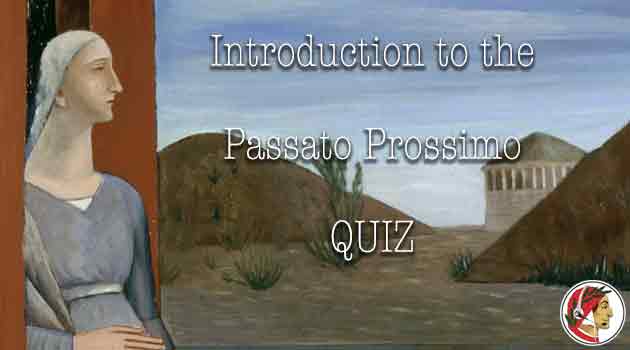Learning Italian requires hard work and some necessary mistakes. Follow 5 simple tips, or “consigli” as we call them in Italian, for keeping yourself motivated and ready to learn more.
I’ve been teaching Italian for quite a long time, beginners to advanced students connected online from all over the world. Some beginners give up and stop studying after some time, while others improve rapidly and overcome initial challenges. Some advanced learners get stuck in front of complicate grammatical structures whilst others don’t care much and enjoy a long and happy relationship with the Italian language. How can you manage your expectations and learn Italian with the right attitude?
1. You won’t speak perfectly and that’s ok
You can live with that, I know how it feels. I am not a native English speaker, I’ve been studying it for a long time, every day a couple of hours, and I still make tons of mistakes. That’s fine, because the number of errors I make decreases year by year and I’m happy with that. Some of my students speak good Italian but are overconcerned with perfection. If you focus on the accent, you lose fluency. If you focus on grammar you don’t sound natural. The biggest mistake you could make is to stop speaking after a mistake. Fix the main ones and move on. Nobody is perfect.
2. Find a native Italian friend on Skype
If you are lucky, you have some Italian friends living close to you, willing to speak with you and help you to learn the language. Unfortunately, chances are that you live in a place where Italians are just a few and there are no occasions to practice. The good news is that plenty of Italians want to learn English and are eager to speak online. With Skype, people can “meet” easily and exchanging a foreign language is now possible for free. A Skype friend is not a professional teacher, so you will still need the help and guidance of a native teacher, but a “regular dose” of spoken Italian will help you tremendously.
3. Learn Italian following your interests
Let’s face it. Some Italian language lessons are boring or difficult to digest. Some teachers find it easier to follow a textbook and give you homework instead of asking what your interests are. Studying Italian as a foreign language is not like studying English. People usually study it for passion, not because it’s necessary. Do you like Italian arts, opera, lifestyle, cars, football, men, women, food? Don’t be shy. Once you learned the basics, ask your teacher to fix some lessons for you based on your interests. Learning Italian will be more fun and engaging. If your teacher says no, just change teacher!
4. Come to Italy for a language course if you have a chance
I’m sure you want to enjoy “la dolce vita” in Italia, after a year of hard work in your country. Please, consider seriously the idea of joining an Italian language course in one of our beautiful cities. School is great at any age! There are many places where you can spend a holiday while studying Italian, with foreign students having your same passion. If you are a beginner, perhaps an intensive course at school will help you to digest the basics pretty rapidly. If you are an intermediate/advanced learner, home-stay will help you to learn daily spoken Italian from your host family. Remember though, don’t hang out too much with other foreign students. You will speak English and defeat the purpose.
5. Read, read and read again!
Listening to a song or watching a movie in Italian, possibly every day, are all great and entertaining exercises. Youtube will help you to get used to Italian sounds and learn quickly. However, my best students are the ones who read regularly newspapers, magazines or simple Italian books. Listening and watching are passive exercises but reading will force you to process and remember much better what you study. Leggere è la cosa migliore!
Whatever your reason for studying Italian is, please remember that you are the only one responsible for your success or failure. Follow your passion, cultivate your motivation and don’t give up, non mollare!
Thanks for reading this post. Please subscribe to our newsletter for more.


